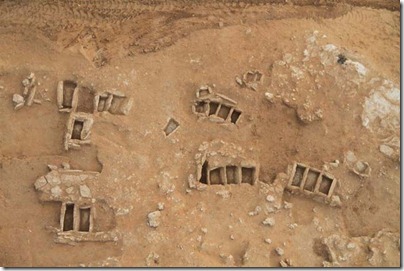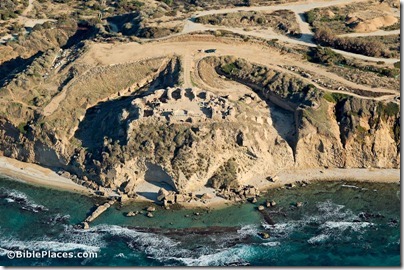According to Kobi Sharvit, director of the Israel Antiquities Authority Marine Archaeology Unit , “Among the finds we’ve discovered now are large mooring stones that were incorporated in the quay and were used to secure sailing vessels that anchored in the harbor c. 2,300 years ago. This unique and important find finally provides an unequivocal answer to the question of whether we are dealing with port installations or the floor of a building. In addition, we exposed collapse comprised of large dressed stones that apparently belonged to large buildings or installations, which was spread of a distance of dozens of meters. What emerges from these finds is a clear picture of systematic and deliberate destruction of the port facilities that occurred in antiquity”. Sharvit adds, “Recently a find was uncovered that suggests we are excavating part of the military port of Akko. We are talking about an impressive section of stone pavement c. 8 meters long by c. 5 meters wide that was partially exposed. The floor is delimited on both sides by two impressive stone walls that are also built in the Phoenician manner. It seems that the floor between the walls slopes slightly toward the south, and there was a small amount of stone collapse in its center. Presumably this is a slipway, an installation that was used for lifting boats onto the shore, probably warships in this case”. According to Sharvit, “Only further archaeological excavations will corroborate or invalidate this theory”.
The bottom of the ancient harbor was exposed at the foot of the installations. There the mooring stones were found as well as thousands of fragments of pottery vessels, among which are dozens of intact vessels and metallic objects. The preliminary identification of the pottery vessels indicates that many of them come from islands in the Aegean Sea, including Knidos, Rhodes, Kos and others, as well as other port cities located along the Mediterranean coast.
The city of Acco was known as Ptolemais in the Hellenistic and New Testament periods. It is mentioned once in the New Testament in connection with Paul’s return from his third missionary journey (Acts 21:7). You can read more about the city here.



